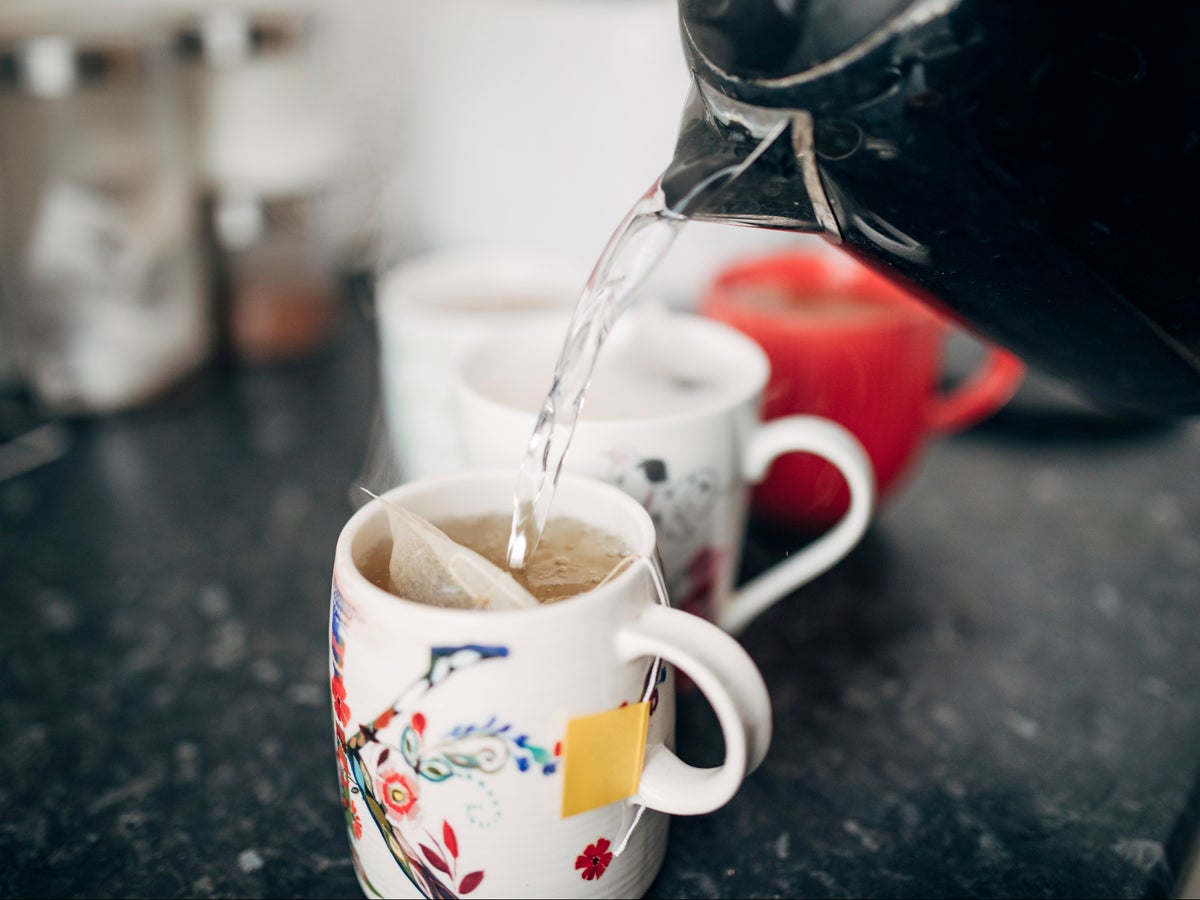Get the free Morning Headlines email for news from our reporters across the world
Sign up to our free Morning Headlines email
The owner of a luxury tea company is calling for more transparency on the amount of flouride on such products – warning that the nation’s favourite hot beverage can be “a slow process to ill health”.
Small amounts of flouride are beneficial for our teeth, and as a result the naturally-occuring gas is added to drinking water in some countries to boost dental health.
But when consumed in excess and over long periods of time, flouride can cause conditions known as dental fluorosis or crippling skeletal fluorosis, which is associated with the calcification of tendons and ligaments, and bone deformities, according to the World Health Organisation.
While the amount of flouride which is potentially harmful to bones and teeth remains unclear and varies significantly between individuals, as well as adults and young children, the UK has set a limit of 1.5 milligrams per litre for the concentration of flouride in drinking water.
Adverse effects on the bone have been reported following exposure to 3 to 4 mg/l of fluoride in water, but only later in life after many years of exposure, according to Public Health England, now the UK Health Security Agency.
Recommended
- Tea bags release millions of microscopic plastic particles into your drink, study finds
- Adding milk to coffee may be good for you, new study suggests
While nearly all food and drinks contain trace amounts of flouride, it is found in notably higher concentrations in certain goods – including tea.
The tea plant, known as camellia sinensis, extracts fluoride from soil, which then accumulates in its leaves. However, the amount of flouride ending up in a pot of tea can vary significantly depending upon when the leaves are harvested and how long the tea drinker brews them for.
Nirmal Sethia, the owner of London-based Newby Teas, has commissioned the laboratory testing firm Eurofins to examine the level of flouride present in its own teas and a variety of its competitors.
The tea plant extracts fluoride from soil, which then accumulates in its leaves
(Getty Images)
A total of 111 tea bags – in both classic and pyramid styles – were included in the research, with the latter tending to show slightly lower amounts of flouride.
While the concentrations of flouride found in the majority of the teas were no greater than 2mg/l, they did reach as high as 5.1mg/l in one brand’s cup of Earl Grey.
In classic tea bags: English Breakfast ranged from 1.5 to 3.8mg/l; Earl Grey from 1.7 to 5.1; Assam from 1.2 to 2.4; Darjeeling from 1.2 to 2.2; Jasmine from 2.3 to 3.6; and green tea from 2.3 to 3.8.
In the more costly pyramid-style tea bags: English Breakfast ranged from 1.2 to 3.8mg/l; Earl Grey from 1.2 to 3.2; Assam from 1.1 to 2.8; Darjeeling from 0.5 to 1.4; Jasmine from 1.2 to 1.5; and green tea from 0.9 to 3.6.
Mr Sethia – who has previously made headlines for his £160m collection of rare tea-related items – claimed that just because a tea is expensive and marketed as a premium tea, that does not mean that it is safe to drink in high quantities on a regular basis.
“The retail tea industry as a whole has been remarkably silent on this issue,” said the 78-year-old, whose company prides itself on the low levels of flouride in its products.
Recommended
- Vermont worker who quietly lowered water fluoride levels without authorisation for 10 years resigns
- Forget cakes in the office – it’s home workers we should be worried about
“The testing shows that some so-called ‘premium’ or ‘fine’ teas contain high levels of fluoride. It is therefore impossible that they are of good quality.
“Tea tasting and blending is an extremely sensitive and precise art and, to be healthy, each tea in a blend must come from both a good quality garden and be picked at the prime season flush. Teas with high fluoride mean a slow process to ill health.”
✕
Subscribe to Independent Premium to bookmark this article
Want to bookmark your favourite articles and stories to read or reference later? Start your Independent Premium subscription today.
SubscribeAlready subscribed? Log in{{/url}}

